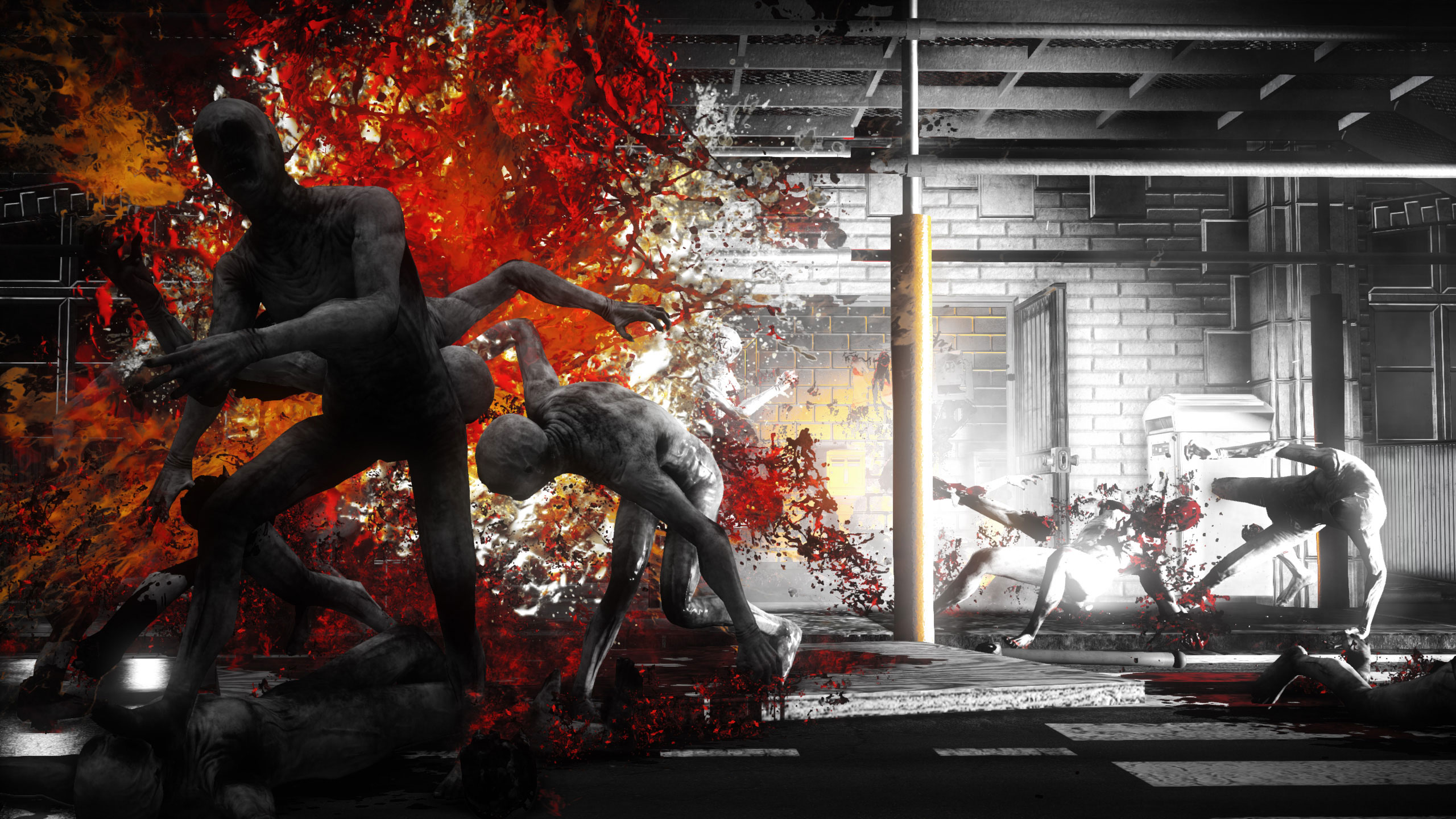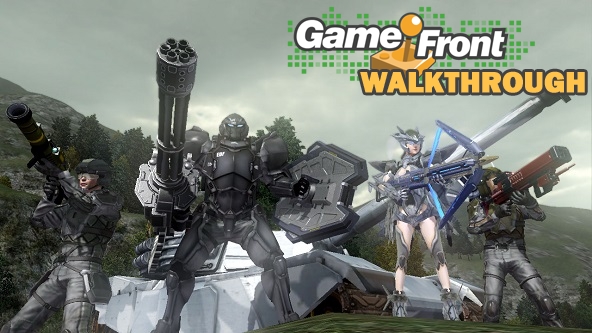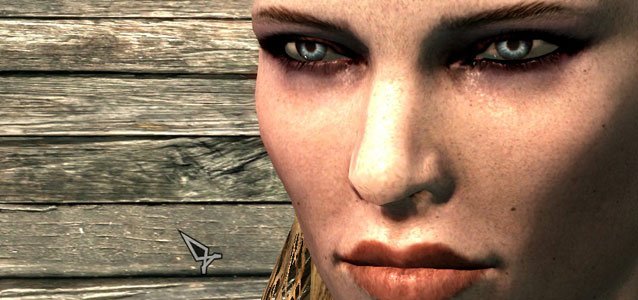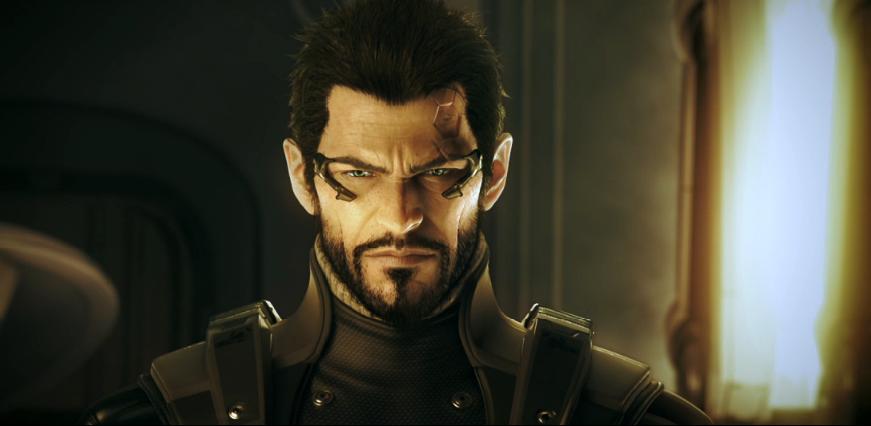


The consistent praise for Dishonored has often focused on its “unique” steampunk setting. The praise is deserved, but not simply for the steampunk setting. Video games may have been the earliest adopters of any mass media for steampunk, thanks to titles like Final Fantasy VI, Arcanum. and the Professor Layton games. But what sets Dishonored apart from these is that, like the best steampunk literature, it engages with its setting at multiple levels: gadgets and magic, sure; fashion and technology, yes; but also class and aristocracy.
Steampunk is the combination of Victorian society and style, fantasy magic, and the elusive quality of cyberpunk cool. This works really well for video games, which, for much of their early history, just threw together a hodgepodge of stuff that seemed like it might be fun—Ultima, the dominant fantasy RPG of the 1980s and early 1990s, included Star Wars-esque space shooter sequences in its first two games. Steampunk offers the opportunity to combine, at the most basic level, guns & swords & spells in a thematically consistent world.

The “thematically consistent” part is important. Around the mid-1990s, weird fantasy/science fiction combination games like Ultima and early Final Fantasy games got those quirks smoothed over. Ultima became pure fantasy, while Final Fantasy, starting with VI, attempted to make its weird SF/Fantasy combo normal by building steampunk (or cyberpunk or even straight science fiction) worlds. But this is just a change of setting and not necessarily one of tone.
See, steampunk settings are particularly effective for dealing with difficult issues because they're familiar. The technology used in a steampunk setting like Dishonored's is close enough to modern tech, especially slightly pre-Internet tech, as to make their worlds familiar and comprehensible. To walk through one of Dishonored's factories and hear a public address system, or see its electrical security systems, is to understand that this is a world that is directly related to our own. This stands in opposition to the generic straightforward fantasy and science fiction worlds which exist primarily out of a tradition of heroic fantasy and space opera settings in gaming and in other settings.
The combination of the familiar and the exotic give steampunk stories that engage fully with their setting an advantage in creating emotional power. They can, simply put, comment on the real world without being bound to it. BioShock utilized its semi-steampunk setting to discuss issues of class and philosophical extremism, using the magical “ADAM.” substance to turn those theoretical concerns into direct in-game issues of who has access to the magic, what they'll do for it, and what you, the player, will do for it. Or, in my favorite steampunk novel, The Iron Dragon's Daughter, the Victorian-era technology and magic combine to make the idea of technological soullessness and nihilism, especially regarding weapons of war, direct and important concerns, as well as child slavery and themes of oppression overall.

Dishonored's focus is on class and, thanks to its Victorian setting, it can use royalty and aristocracy to make its class divisions explicit. In perhaps the game's best-realized level, you infiltrate a heavily-guarded upper-class party to find a target and eliminate them. The party is well-stocked, well-guarded, and filled with, for lack of a better word, “normal” people. Many are rich attendees, but this also includes their servants. For perhaps the only point in the game, most of the conversations you can engage in and overhear, the people aren't exclusively talking about the political crisis or the Rat Plague destroying the city. Only the accoutrements of money and social standing allow them to have a party where they don't have to care about such things, where everyone else in the game is constantly scrabbling for survival or making dangerous, bloody plans for revenge and power. It is, to use the Occupy slogan, the embodiment of of the 1% versus the 99%.
But this isn't revealed in simply a pithy slogan or two, it's actually an important part of the overarching game. Although the political struggle in the game world doesn't appear to actually affect the poor and plague-riddled city, your actions—as a member of the upper class engaging in that struggle—do. The more violent you behave, the more you escalate the political war, the more “chaos” controls the city. This means more plague and worse endings. Keeping the nobles' warfare contained, however, means that it's more like that the city and its people will have better lives.
This is what makes Dishonored's setting so fruitful: it utilizes the familiar and the exotic to do new and different things as a game. It doesn't just let you use guns and magic at the same time; it doesn't just do a normal fantasy story except with suits instead of tunics; it doesn't just want to say big important things about class; Dishonored does all those things at once, while integrating them with core game mechanics and feedback.




 Fix for Playstation Move Error code 80022D03
Fix for Playstation Move Error code 80022D03 Top 5 Visual Mods for Skyrim
Top 5 Visual Mods for Skyrim ctOS Breach Locations in Watch Dogs
ctOS Breach Locations in Watch Dogs Selena Gomez and Zedd announce new duet I Want You to Know
Selena Gomez and Zedd announce new duet I Want You to Know Deus Ex: Human Revolution - Complete Achievement & Trophy Guide
Deus Ex: Human Revolution - Complete Achievement & Trophy Guide